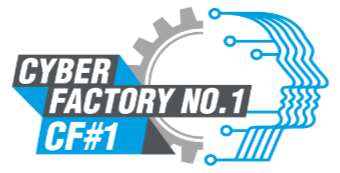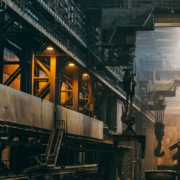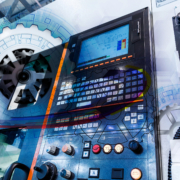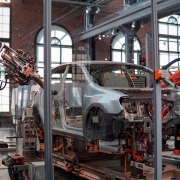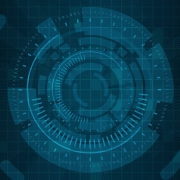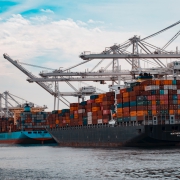Detecting and Processing Anomalies in a Factory of the Future
Abstract:
Production systems are changing in many aspects on the way to a Factory of the Future, including the level of automation and communication between components. Besides all benefits, this evolution raises the amount, effect and type of anomalies and unforeseen behavior to a new level of complexity. Thus, new detection and mitigation concepts are required. Based on a use-case dealing with a distributed transportation system for production environments, this paper describes the different sources of possible anomalies with the same effect, anomaly detection methods and related mitigation techniques. Depending on the identified anomaly, the FoF should react accordingly, such as fleet or AGV reconfiguration, strong authentication and access control or a deletion of adversarial noises. In this paper, different types of mitigation actions are described that support the fleet in overcoming the effect of the anomaly or preventing them in the future. A concept to select the most appreciate mitigation method is presented, where the detection of the correct source of the anomaly is key. This paper shows how various techniques can work together to gain a holistic view on anomalies in the Factory of the Future for selecting the most appropriate mitigation technique.
Access to Dokument:
Authors:
Linda Feeken, Esther Kern, Alexander Szanto, Alexander Winnicki, Ching-Yu Kao, Björn Wudka, Matthias Glawe, Elham Mirzaei, Philipp Borchers, and Christian Burghardt
